
In the relentless pursuit of blockchain privacy, Fully Homomorphic Encryption (FHE) has emerged as a game-changer. FHE enables computations on encrypted data, so the information never needs to be decrypted on-chain. This cryptographic leap is transforming how developers and enterprises approach confidentiality on public blockchains, allowing smart contracts to process sensitive data while ensuring it remains shielded from prying eyes. As the demand for confidential transactions and privacy-preserving DeFi grows, understanding FHE’s role in this evolution is essential for anyone serious about secure, scalable blockchain applications.
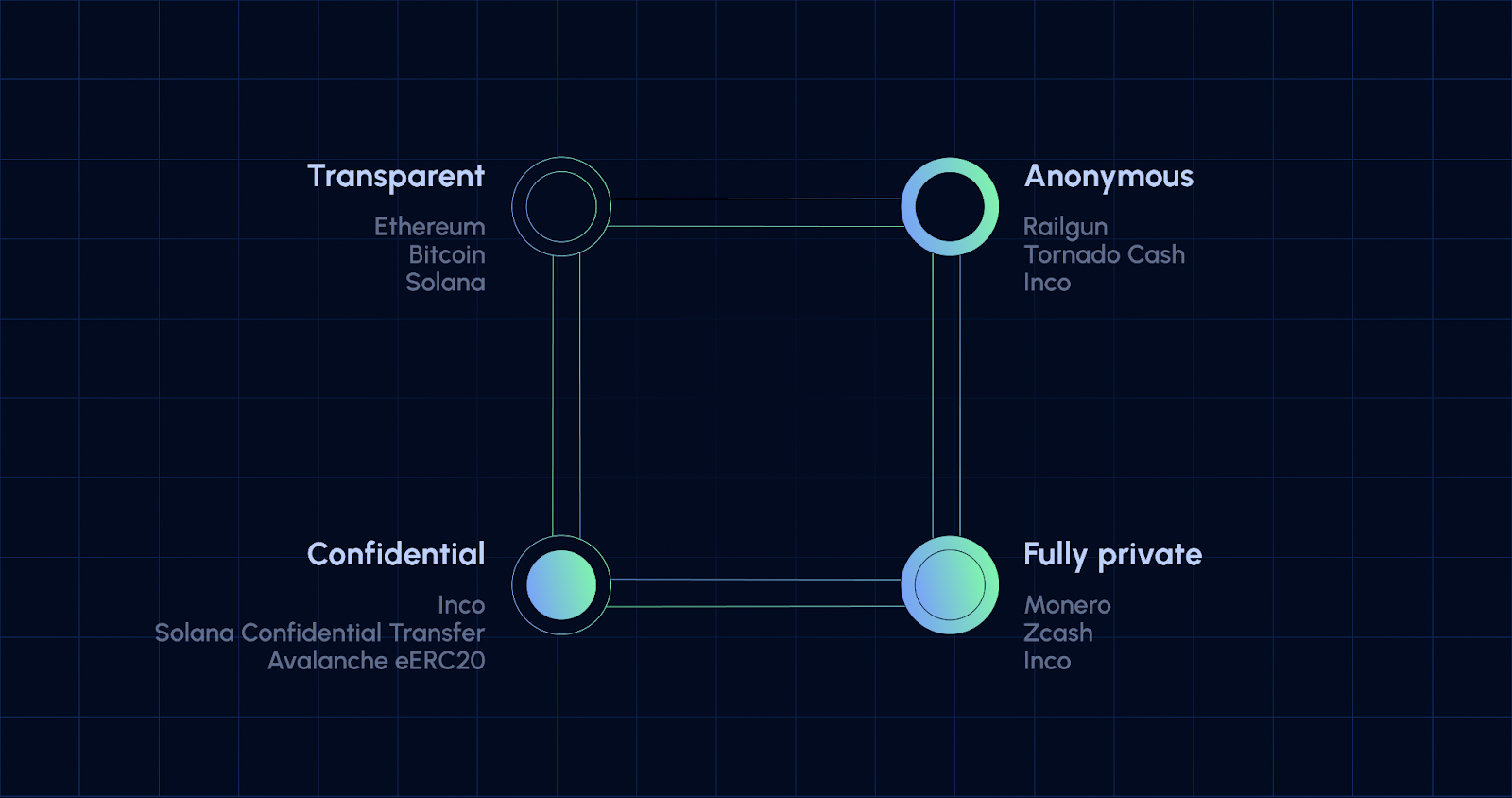
Why Traditional Blockchains Fall Short on Privacy
Public blockchains like Ethereum are designed for radical transparency: every transaction, contract state, and data point is visible to all participants. While this openness guarantees trust and auditability, it’s fundamentally incompatible with industries that require strict confidentiality: think financial services, healthcare, or enterprise supply chains. Even advanced privacy techniques like zero-knowledge proofs (ZKPs) have limitations: they can hide transaction details, but not always the logic or state of smart contracts themselves.
This is where FHE steps in. By allowing encrypted data to be processed directly, FHE makes it possible to build smart contracts that are both verifiable and confidential. The result? A new class of decentralized applications (dApps) that empower users to interact, transact, and collaborate without ever exposing their private data to the world.
How FHE Powers Confidential Smart Contracts
At its core, FHE blockchain privacy is about giving developers the tools to create contracts that keep sensitive data hidden, even as it’s being used. With FHE, encrypted inputs are fed into a smart contract, computations are performed on this ciphertext, and the result remains encrypted until it’s accessed by an authorized party. Validators and nodes never see the plaintext, but can still verify the correctness of the computation. This is a radical departure from traditional models, where all data must be decrypted for processing.
Several pioneering projects are making this vision a reality:
Leading FHE Blockchain Projects for Confidential Smart Contracts
-

Zama’s fhEVM: Zama’s Fully Homomorphic Encryption Ethereum Virtual Machine (fhEVM) is a pioneering solution that enables confidential smart contracts on EVM-compatible blockchains. Developers can write privacy-preserving dApps in Solidity, leveraging FHE to ensure that all on-chain data remains encrypted throughout processing. The fhEVM coprocessor facilitates seamless FHE computations, making privacy practical on public blockchains.
-
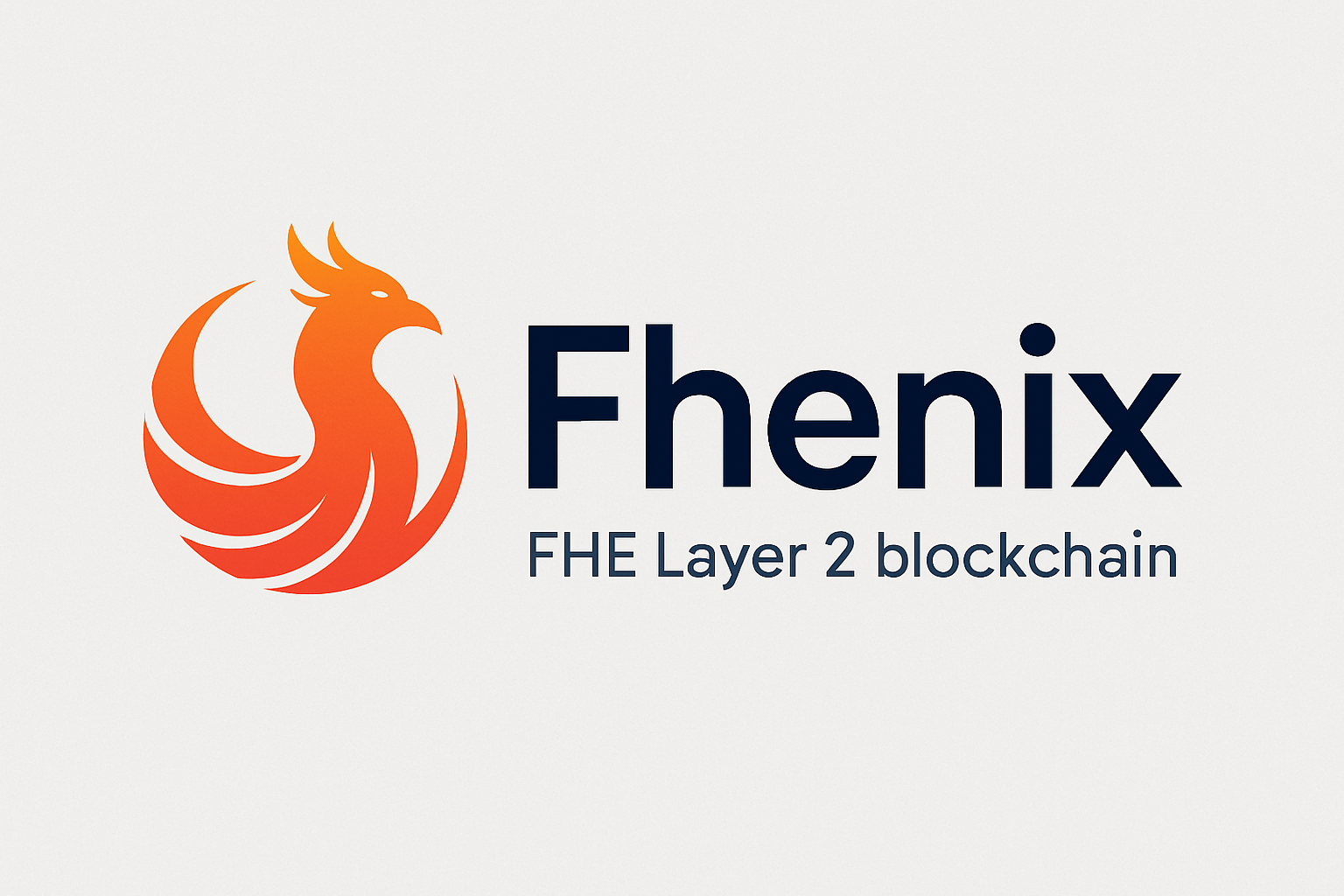
Fhenix: Fhenix is an Ethereum Layer 2 network purpose-built for confidential smart contracts using FHE. By integrating FHE Rollups and FHE Coprocessors, Fhenix allows smart contracts to process encrypted data, ensuring privacy even on public chains. The project has gained significant industry backing, including a $7 million seed round, and is actively advancing FHE-based privacy solutions.
-
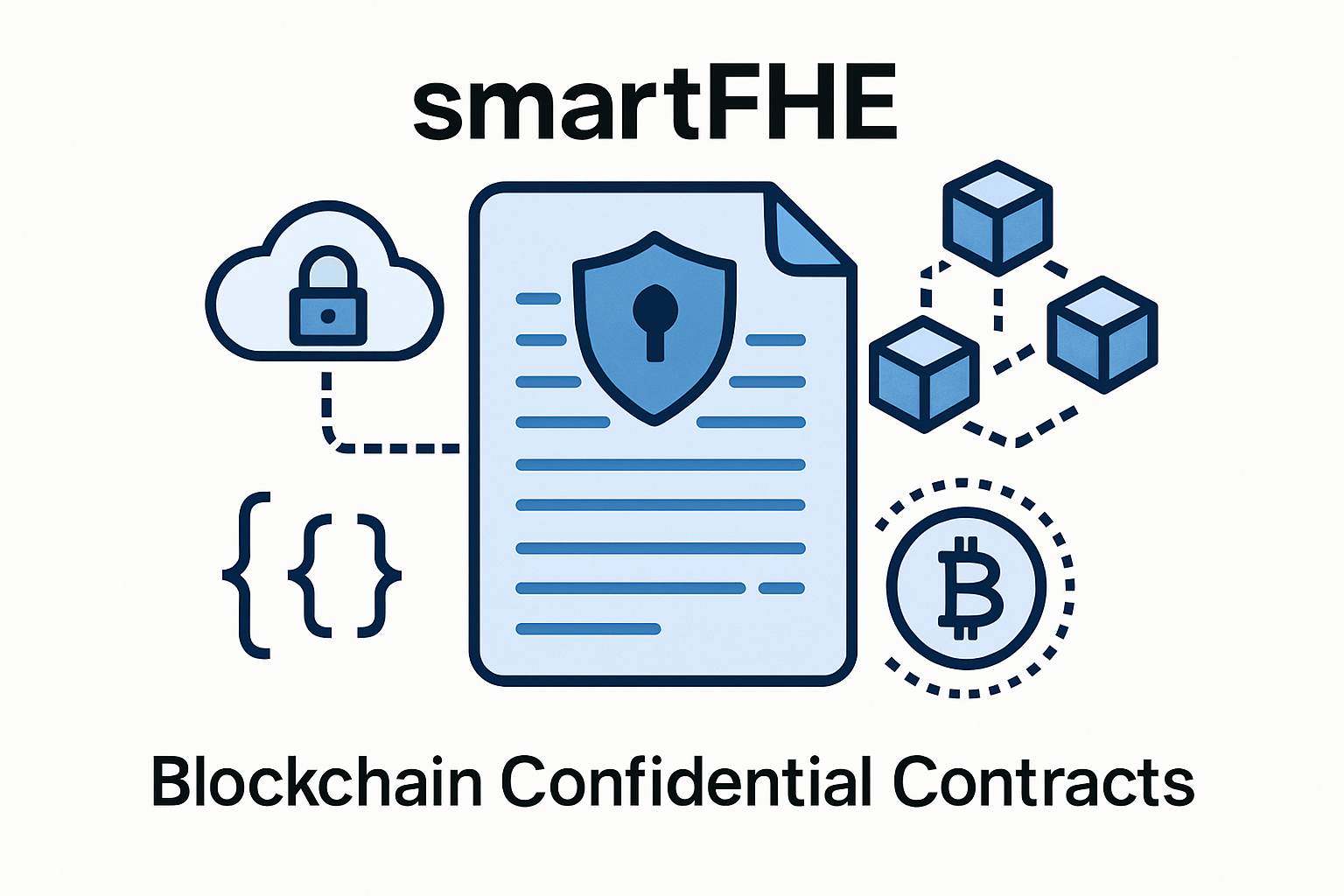
smartFHE Framework: The smartFHE framework is a research-driven approach that supports private smart contracts on blockchain using FHE. It enables miners and validators to compute directly on encrypted data, reducing user-side complexity and paving the way for scalable, privacy-preserving applications. The framework is detailed in academic literature and is influencing the development of next-generation confidential smart contracts.
Zama’s fhEVM stands out as a practical implementation. By integrating FHE into the Ethereum Virtual Machine, Zama enables Solidity developers to build confidential smart contracts that run seamlessly on EVM-compatible chains. The fhEVM coprocessor handles FHE computations under the hood, abstracting complexity away from developers and end-users alike. For a deep dive into the architecture and use cases, see this guide.
Another key player is Fhenix, an Ethereum Layer 2 solution leveraging FHE Rollups and Coprocessors to keep contract data private, even as it’s processed on-chain. Their recent $7 million seed round underscores the market’s appetite for scalable, privacy-first blockchain infrastructure.
Key Benefits: Privacy Without Compromise
The implications of fully homomorphic encryption smart contracts are profound. Here are the most strategic advantages:
- Data Privacy: All sensitive data, balances, votes, personal identifiers, remains encrypted throughout its lifecycle on-chain.
- Regulatory Compliance: Sectors bound by privacy laws (GDPR, HIPAA) can finally leverage public blockchains without risking exposure.
- Security: Even if a node or validator is compromised, encrypted data remains unintelligible, drastically reducing breach risk.
- Transparency and Trust: The blockchain’s auditability is preserved; computations are verifiable without revealing underlying data.
Emerging Use Cases for FHE-Powered Smart Contracts
With the advent of FHE, use cases once considered out of reach for public blockchains are now within grasp. Private DeFi protocols, privacy-preserving DAO voting, and confidential asset management are just the beginning. Imagine a world where two funds can pledge collateral or settle trades without ever disclosing amounts or counterparties to the public ledger, this is no longer science fiction.
Developers are already experimenting with Solidity FHE integration to create dApps that support encrypted transactions, confidential auctions, and private governance mechanisms. The smartFHE framework and tools like zama-ai/fhevm-solidity are lowering the barrier for adoption, making it feasible for mainstream teams to deploy privacy-preserving contracts at scale.
Yet, the path to mainstream adoption of FHE-enabled confidential smart contracts is not without friction. The most pressing technical challenge remains computational overhead. FHE operations are notoriously resource-intensive, which can impact transaction throughput and increase costs compared to traditional smart contract execution. However, continual advancements in cryptographic engineering and hardware acceleration are steadily closing this gap. Zama’s fhEVM, for instance, employs optimized FHE libraries and coprocessors to make encrypted computation more practical on EVM chains.
Key management also demands attention. In a decentralized context, robust solutions for distributing trust, such as threshold cryptography or multi-party computation, are being explored to ensure that no single actor can compromise the confidentiality of encrypted contract data. For developers, the learning curve is real: FHE introduces new paradigms in Solidity programming and contract architecture that require both education and intuitive tooling.
What’s Next: Scaling Privacy for Real-World DeFi and Beyond
The strategic significance of confidential transactions blockchain technology cannot be overstated. Financial institutions piloting private DeFi protocols now have a credible pathway to regulatory compliance without ceding transparency or auditability. Healthcare networks can envision patient-centric data exchanges where sensitive records remain shielded from public view but accessible for authorized computation, think privacy-preserving insurance claims or secure medical research collaborations.
DAOs (Decentralized Autonomous Organizations) stand to benefit profoundly from privacy-preserving DAO voting. With FHE-powered ballots, members can vote on critical proposals without exposing their choices or identities, reinforcing both democratic governance and personal security. Even cross-chain applications are within reach: frameworks like smartFHE and fhEVM hint at a future where encrypted contracts interoperate seamlessly across heterogeneous blockchains.
Five Innovative FHE Smart Contract Use Cases
-
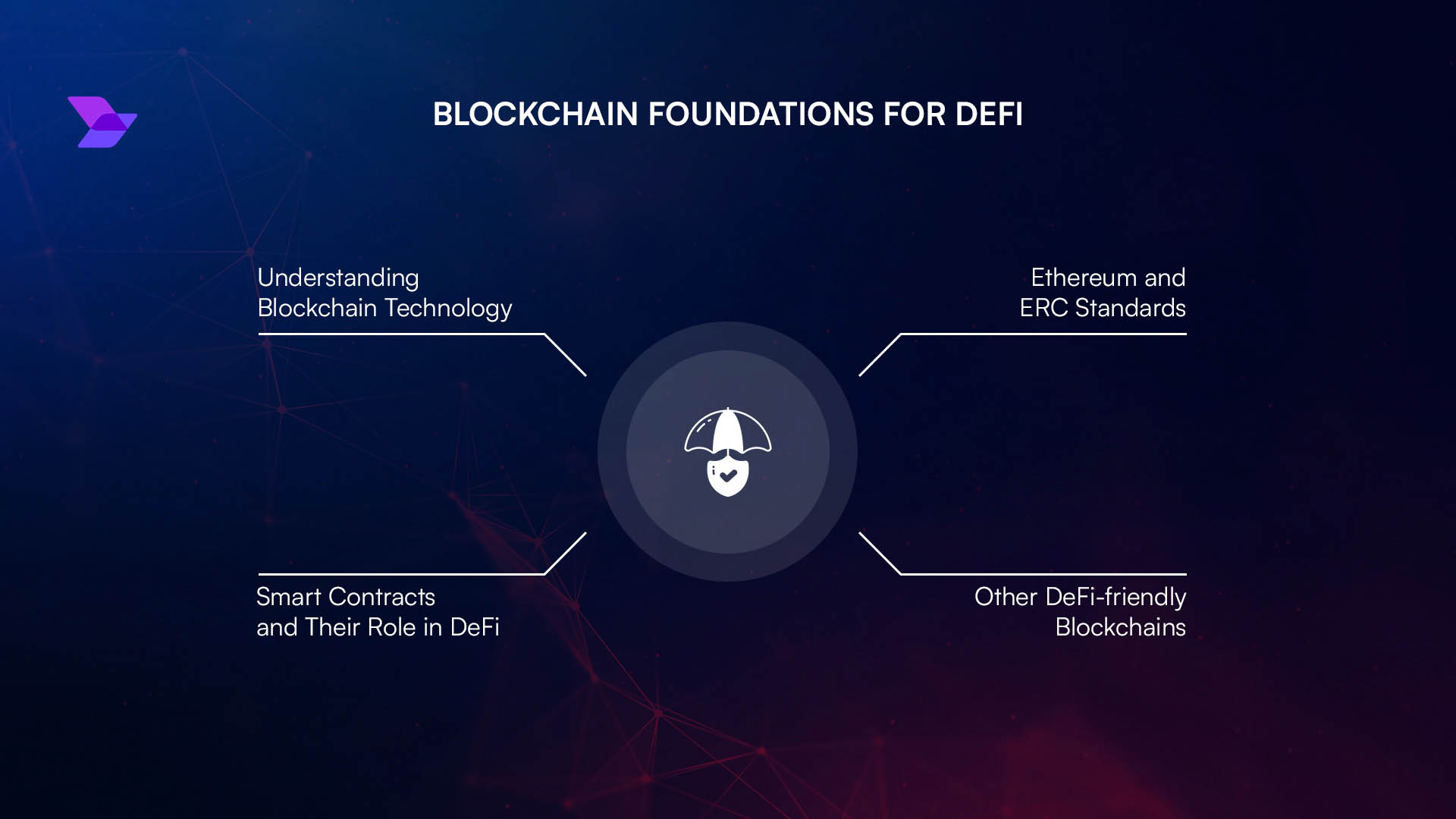
Confidential DeFi Lending & Borrowing: FHE enables DeFi platforms to process loan requests and manage collateral using encrypted data, ensuring that sensitive financial details remain private while maintaining transparency and auditability on-chain.
-

Private On-Chain Voting Systems: Leveraging FHE, smart contracts can tally encrypted votes directly on public blockchains, guaranteeing voter privacy and preventing vote manipulation without sacrificing result verifiability.
-
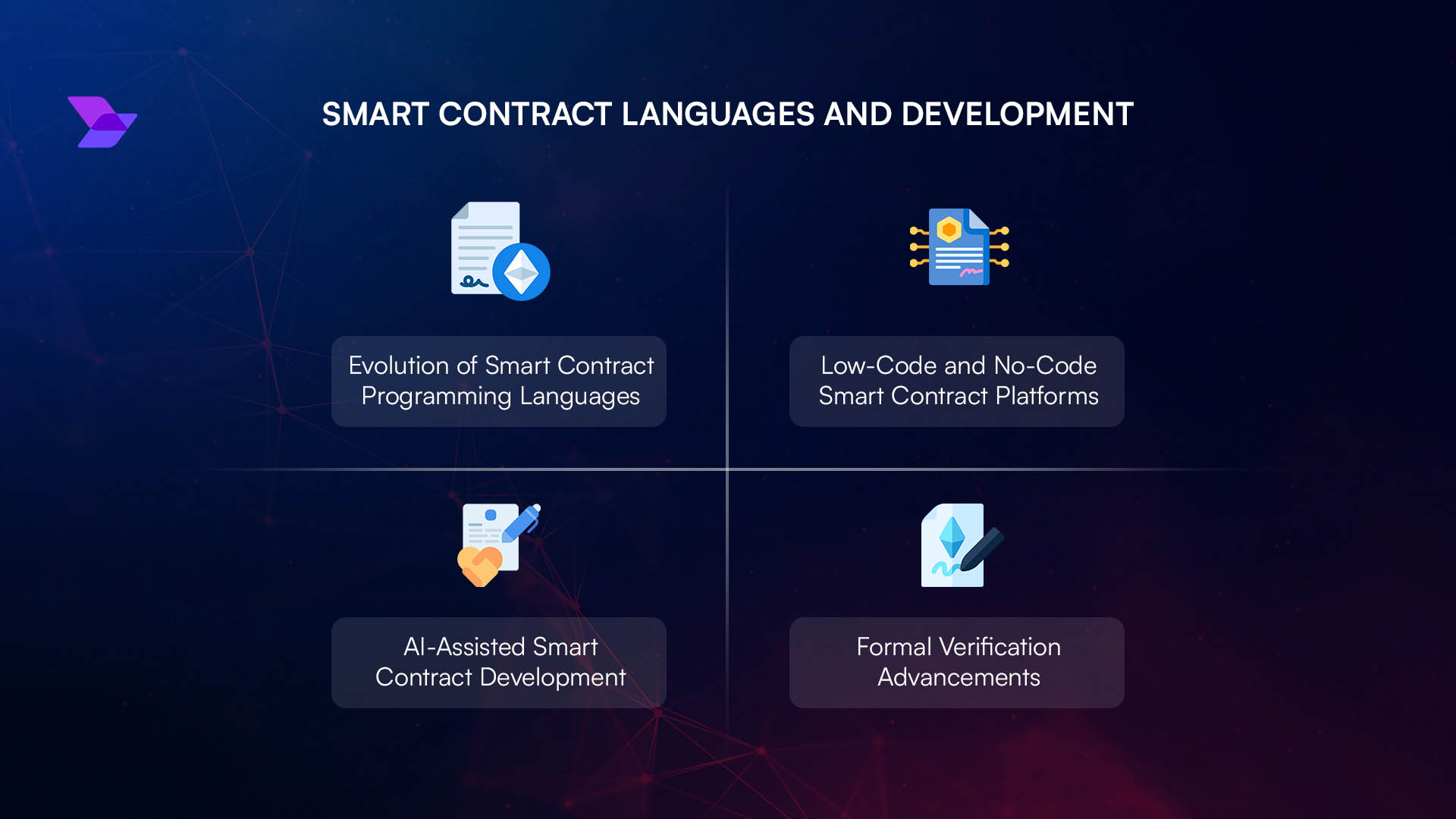
Encrypted Healthcare Data Management: FHE smart contracts allow healthcare providers to process and share patient records on-chain in an encrypted form, enabling secure consent management, research, and billing without exposing personal health information.
-
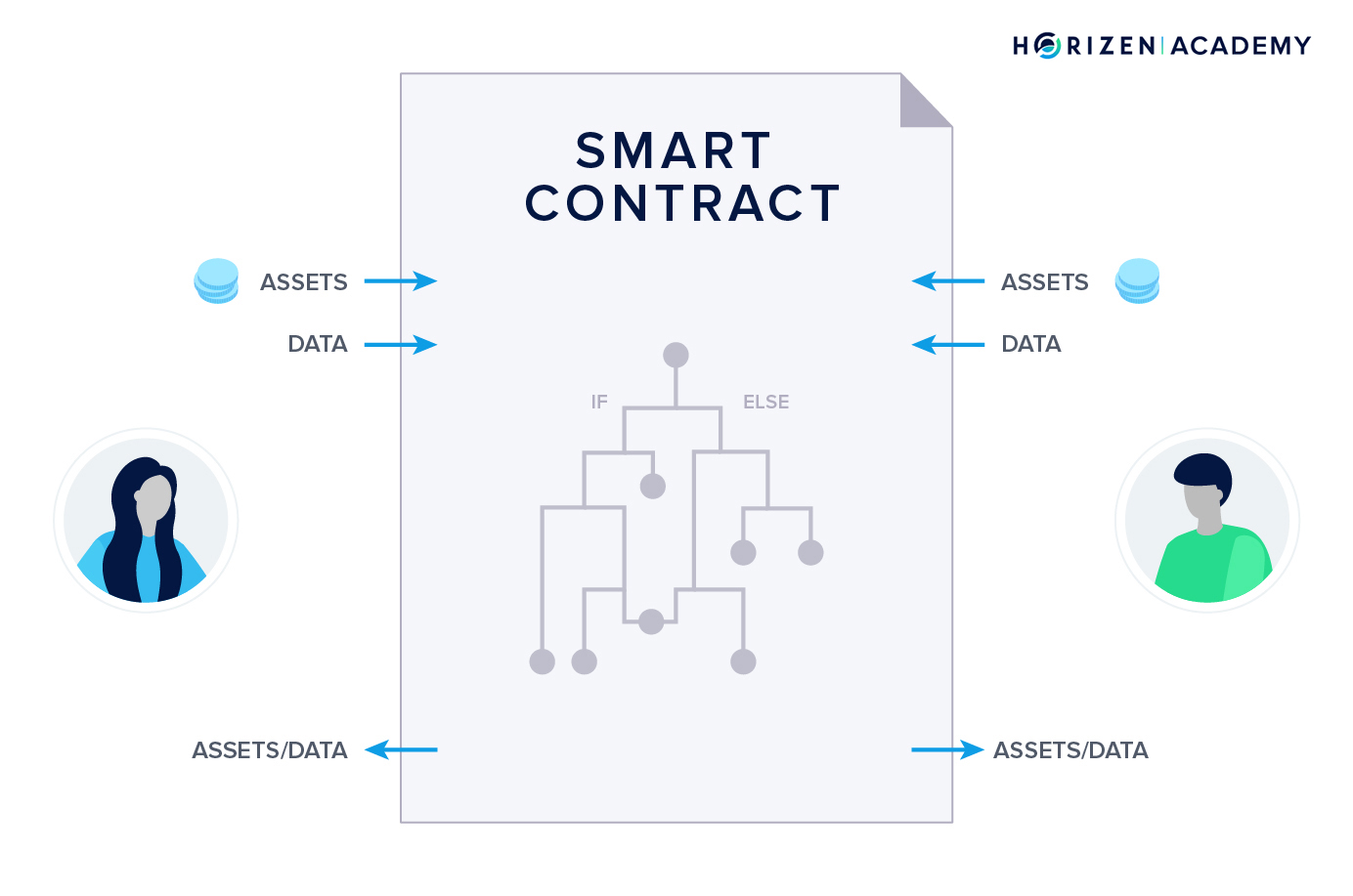
Private Auctions and Bidding: With FHE, smart contracts can facilitate sealed-bid auctions, where all bids are submitted and processed in encrypted form, ensuring fairness and confidentiality until the auction concludes.
-
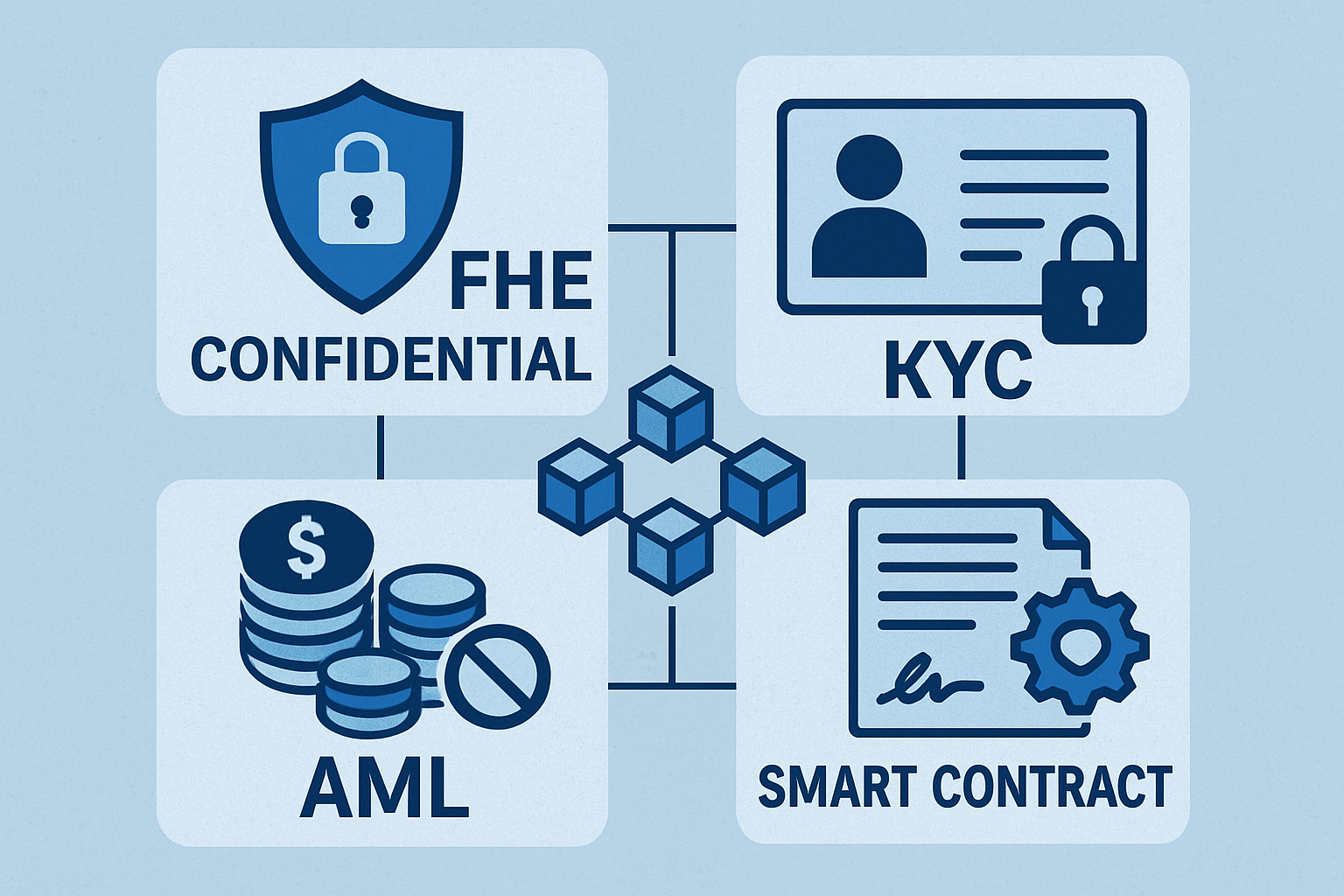
Confidential Identity Verification (KYC/AML): FHE enables on-chain identity verification processes where user credentials are verified and processed in encrypted form, allowing compliance with regulatory requirements without revealing personal identifiers to the public blockchain.
The competitive landscape is heating up as Layer 2 solutions like Fhenix race to deliver scalable privacy infrastructure for Ethereum and beyond. As these technologies mature, expect a wave of next-generation dApps that treat privacy not as an add-on but as a default feature, unlocking new classes of financial products, enterprise workflows, and user experiences previously impossible on public ledgers.
Developer Resources and Getting Started
For teams eager to experiment with Solidity FHE integration, there is an expanding ecosystem of open-source libraries, documentation, and community resources. Zama’s fhEVM documentation offers step-by-step guides for deploying confidential contracts on EVM-compatible blockchains. Github repositories such as zama-ai/fhevm-solidity provide code samples demonstrating how encrypted data flows through smart contract logic without exposing plaintext at any stage.
Early adopters should focus on understanding the nuances of encrypted state management, gas optimization under FHE constraints, and secure key distribution models suitable for decentralized architectures. As the tooling matures, expect more abstraction layers that allow developers to build privacy-first dApps with minimal cryptographic expertise required.
The race toward robust FHE blockchain privacy is accelerating, and those who invest now in mastering these tools will shape the next era of confidential computing on public blockchains.






